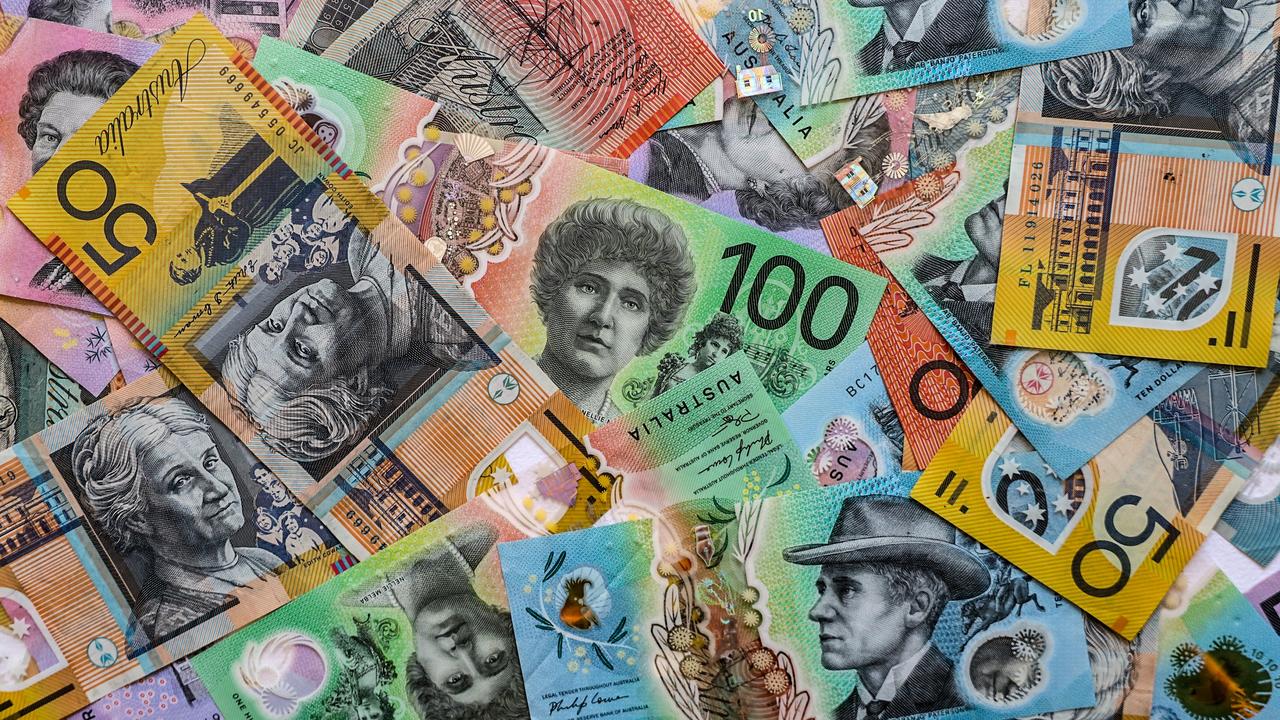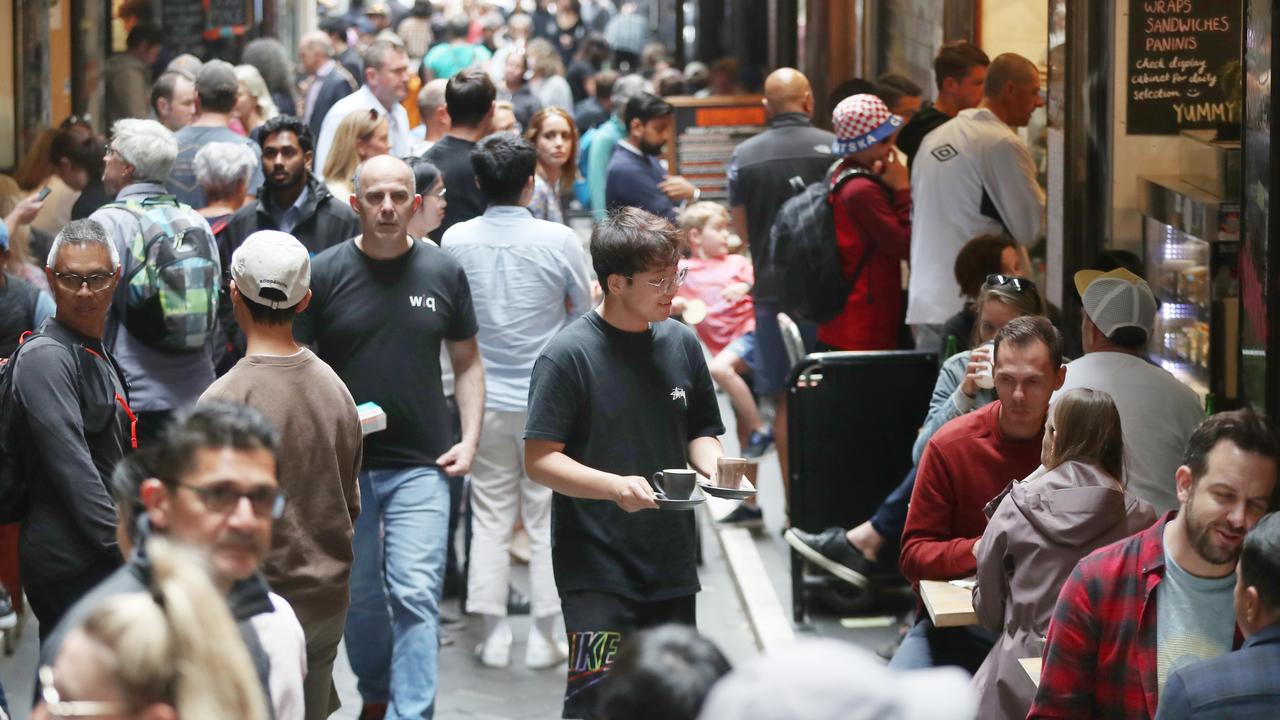Australia has spent $28bn more on transport projects than originally estimated, new reports reveals
THE final cost for this highway was five times its original budget. It’s just one of a slew of projects costing taxpayers more than $28bn.

IT’S 95km long, was opened in 2009 and has the dubious title of being the Australian road which bust its budget by the most.
A new report from the Grattan Institute has said Australia has spent $28bn more than originally budgeted on transport infrastructure over the last 15 years.
And the blame has been laid at the feet of over promising politicians eager for re-election.
An analysis of more than 800 projects valued at $20 million or more and planned or built since 2001 found they cost 26 per cent more to build originally accounted for.
Top of the list of budget blowouts, according to the analysis, was Western Australia’s Forrest Highway.
“Both the Forrest Highway between Perth and Bunbury and New South Wales’ Hunter Expressway cost over five times the amounts politicians initially promised they would cost,” said Grattan Institute Transport Program Director Marion Terrell.
“Premature announcements — when a politician promises to build a road, bridge or rail line without a funding commitment, often in the run up to an election — are the biggest culprits.”
The Forrest Highway, which connects up the end of the Kwinana Freeway in the state capital’s southern suburbs to Bunbury was over budget before it was even started.

Between the project’s announcement in 2004 and 2006 costs has already escalated by $160 million and the Government chipped in several hundred million more to make sure the road was completed, reported the Sunday Times.
According to the Grattan Institute the road was first announced during the 2001 state election campaign at a cost of $136 million but by the time it opened the price tag had soared to $700m. Part of the rise in coast was due to a later extension to the road, but even that didn’t account for the whole blowout.
When the highway did open, it was lacking any petrol stations leading to many cars running out of fuel on the journey south.
The 40 kilometre Hunter Expressway, in NSW which links the M1 Pacific Motorway to Maitland, also cost far more than originally announced busting it’s budget by 350 per cent, the analysis found.
With a budget of $335m in 2002, it eventually racked up a bill of $1.7bn by the time it opened in 2014.
NSW’s Alstonville bypass came in at 162 per cent over budget and Queensland’s Ipswich Motorway at 196 per cent more than expected.
The Institute said one-third of transport infrastructure projects announced early by politicians accounted for 74 per cent of the value of the $28bn overruns over the past 15 years.
Costs were rarely analysed from the first funding promise, the report said, but the public often treated that first figure as a cast-iron commitment.

Often the projects hadn’t been rigorously evaluated, had already found to be not worth building or the benefits were over estimated.
For instance, Brisbane’s Clem7 tunnel had been predicted to carry 100,000 cars a day but two years after it’s opening it was only averaging one-fifth of that.
“Transport infrastructure has great potential to ease traffic congestion and lift productivity, but unless we can curb politicians’ premature promises, it will remain the bluntest of economic instruments,” said Ms Terrill.
The report said the contingency for unexpected budget overruns at a range of projects currently in train — including the Canberra Light Rail, Queensland’s M1 Pacific Motorway and the Melbourne Metro rail project — were far smaller than needed.
Last week, it was suggested western Sydney’s Parramatta Light Rail project would come in at $3.5bn, $2bn more than the original estimate, reported Fairfax Media.
This project has now been thrown into doubt following the NSW Government’s eagerness for the new Western Metro rail line which could follow much of the same route.
On Monday, questions were also raised about the cost of a new express bus service to Sydney’s under served Northern Beaches, the budget of which is reported to have jumped from just over $200m to $600m.
Which is about the cost of a freeway in Western Australia.




